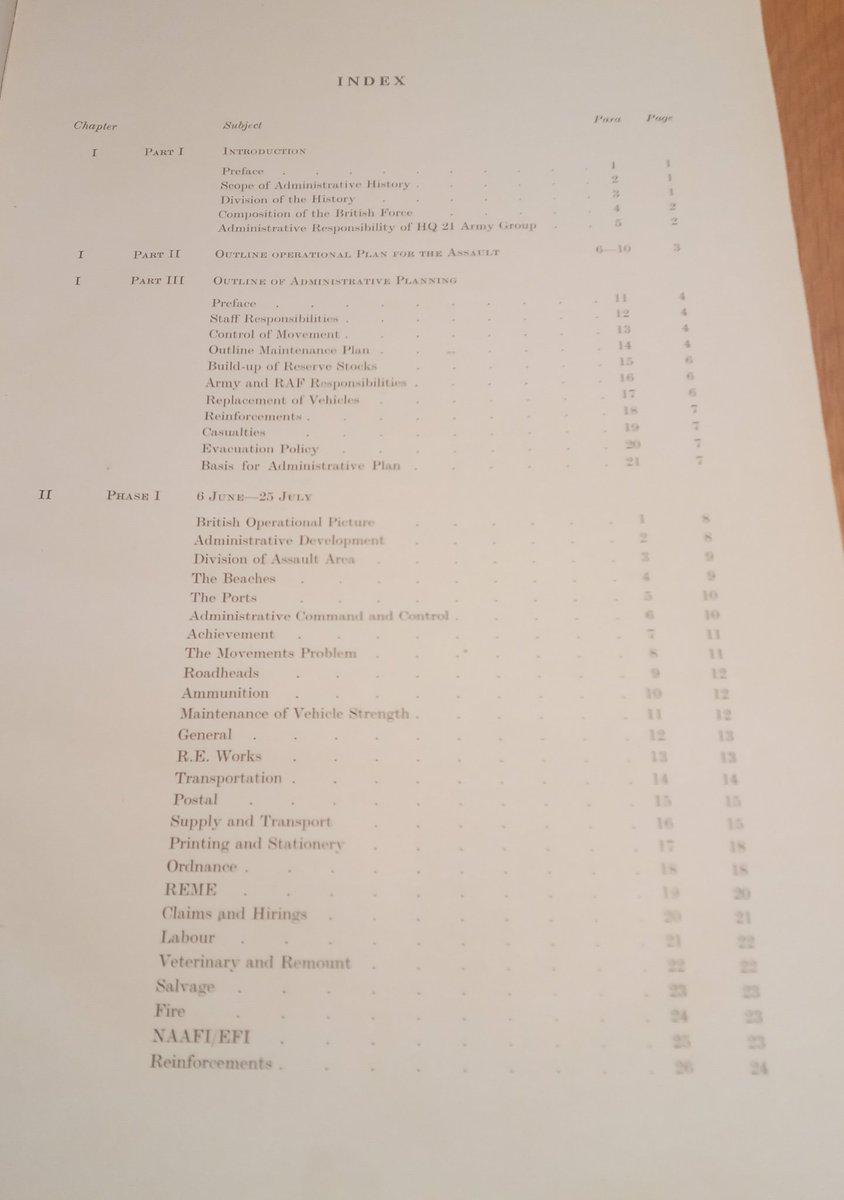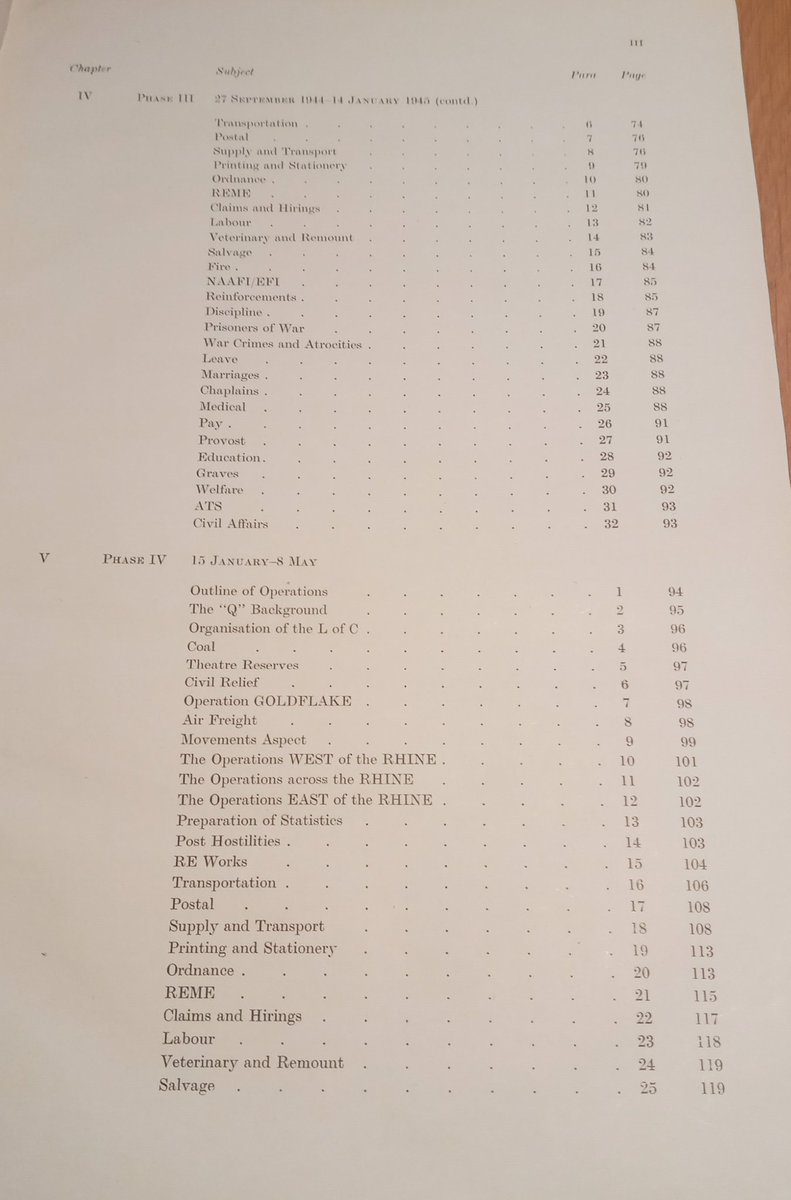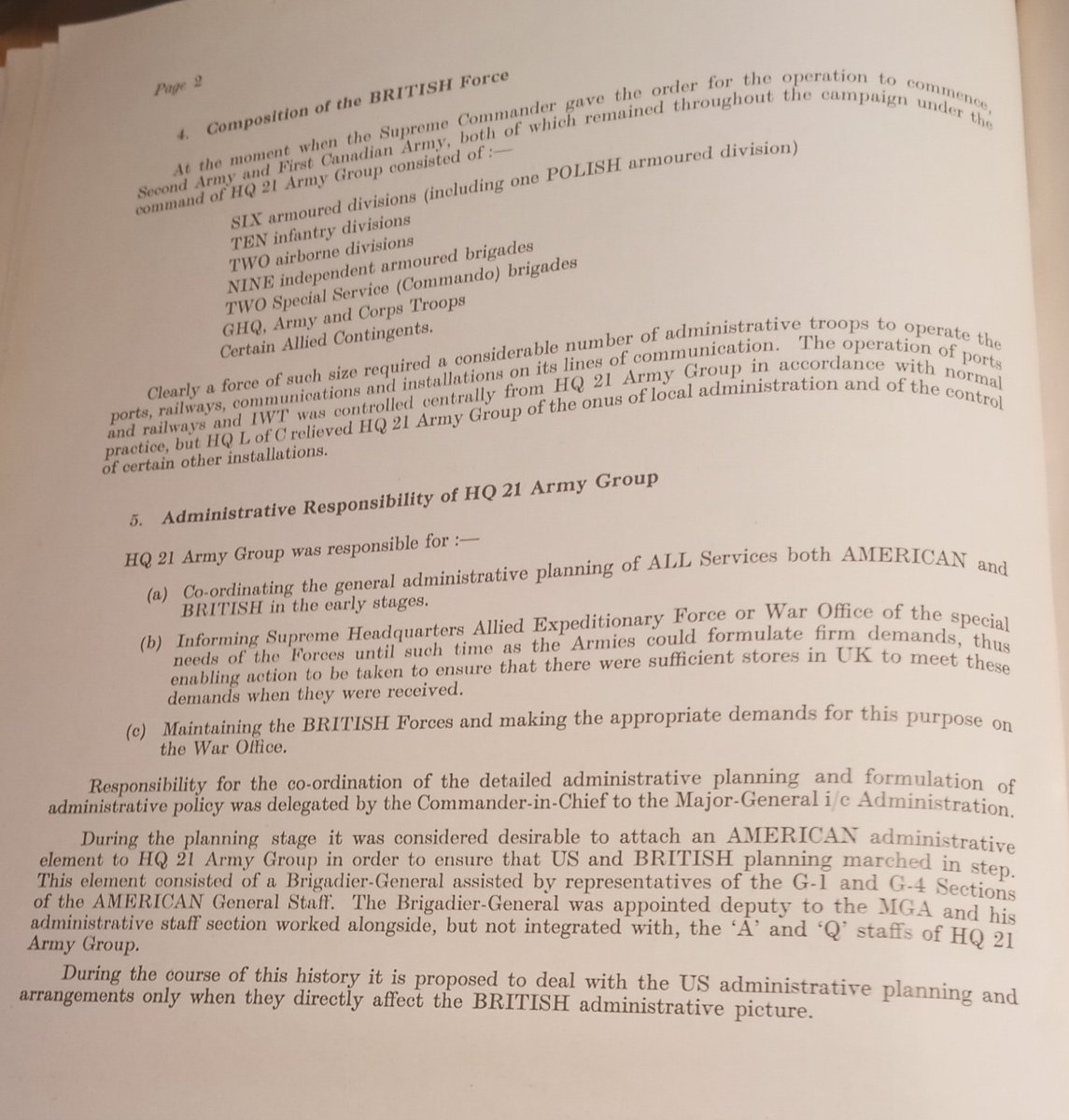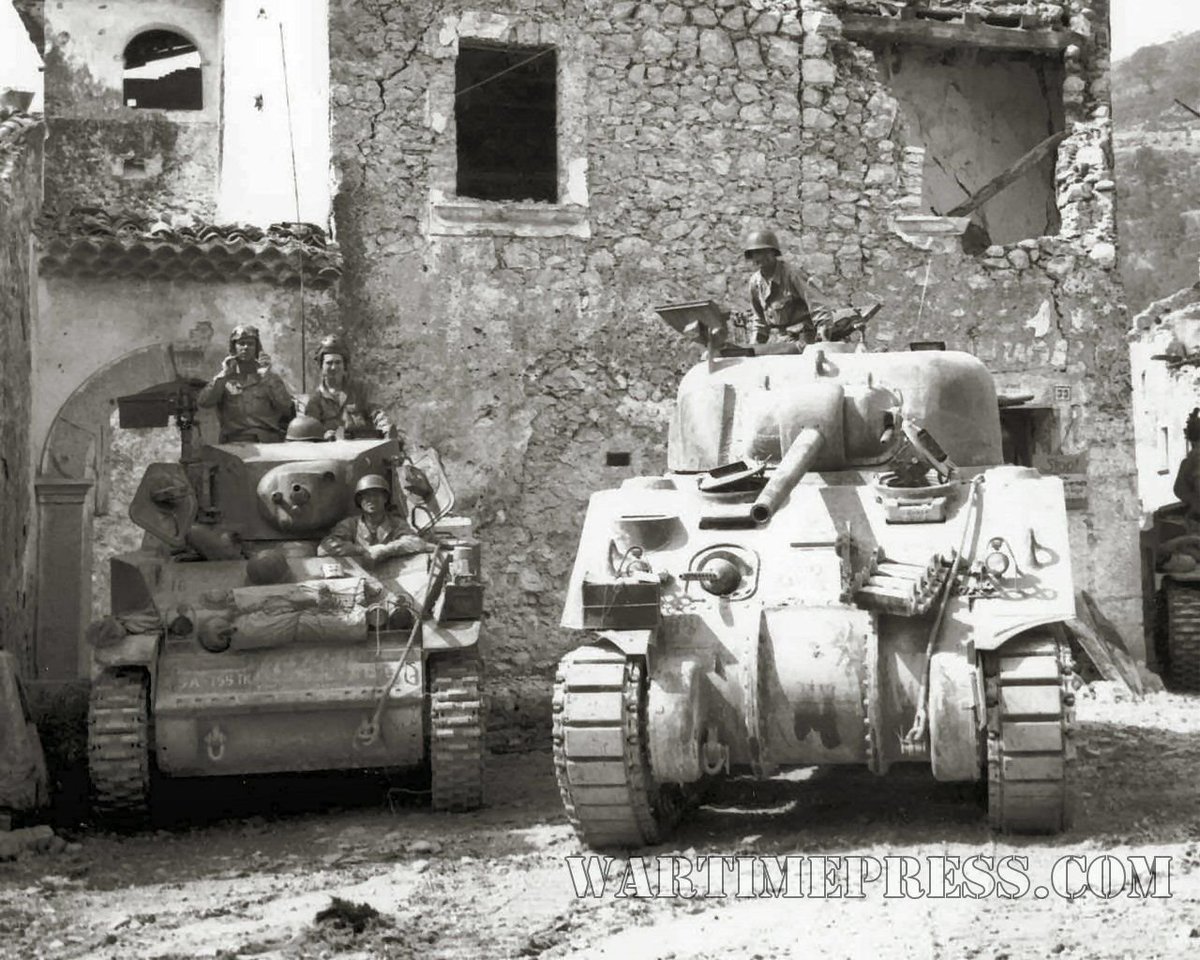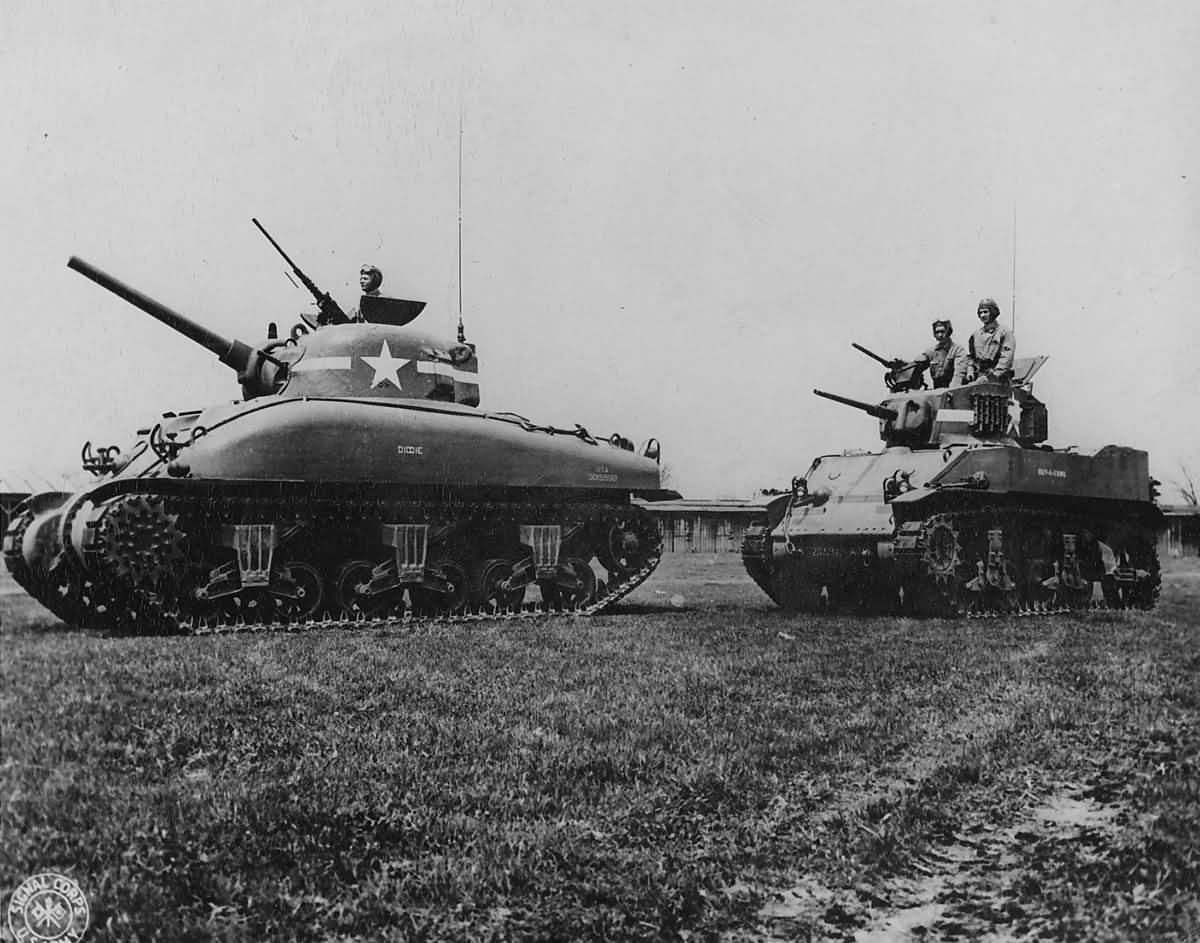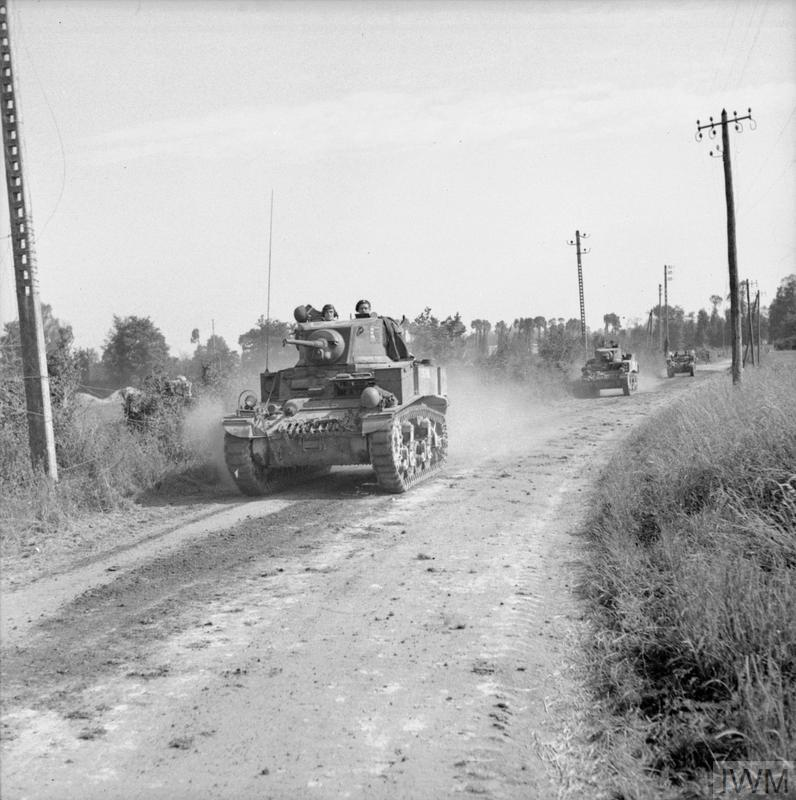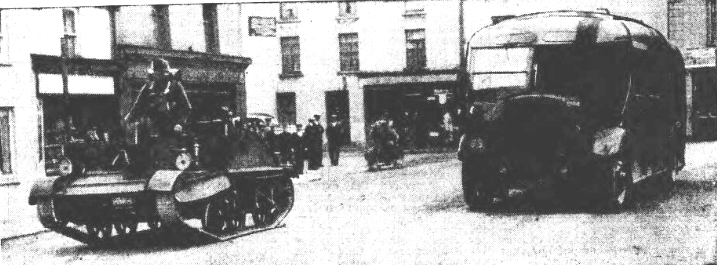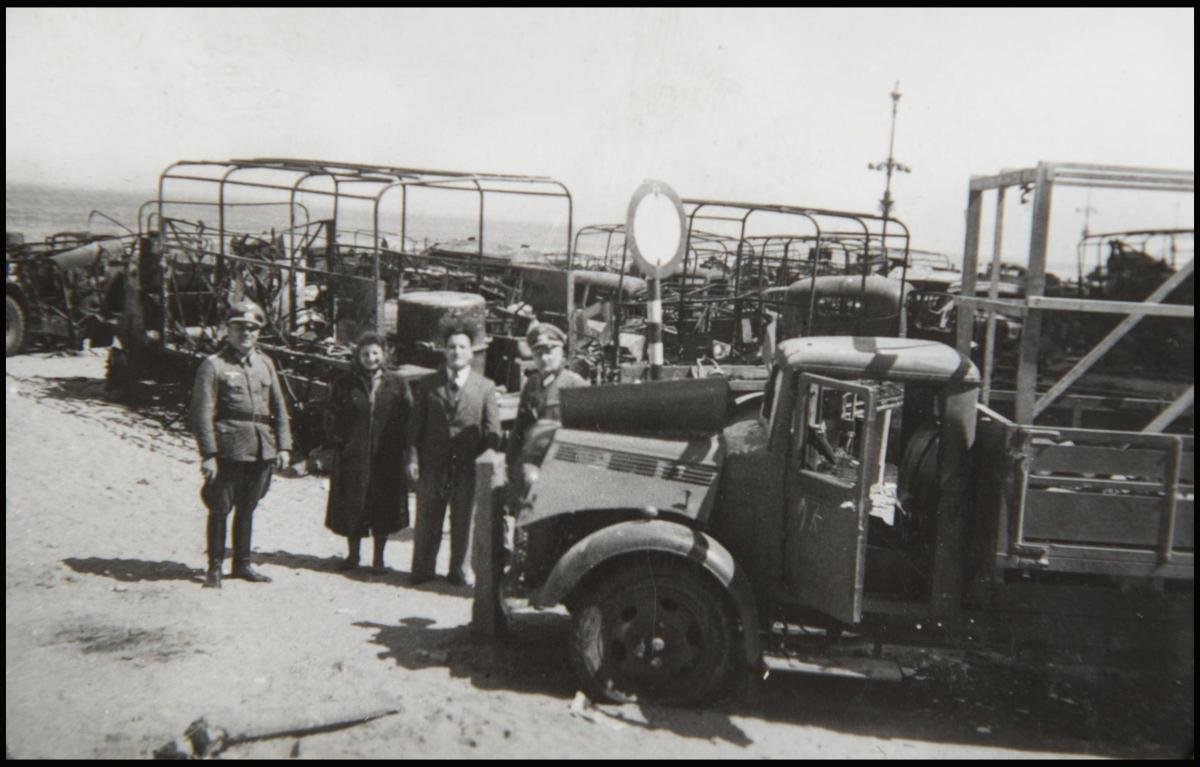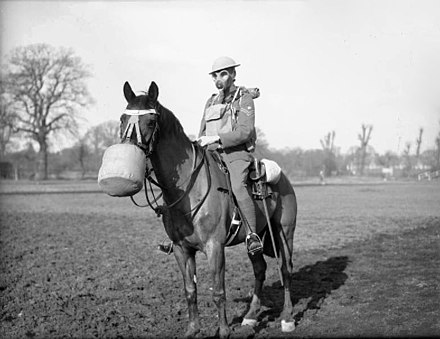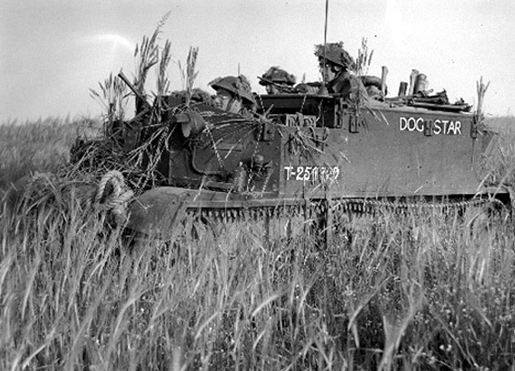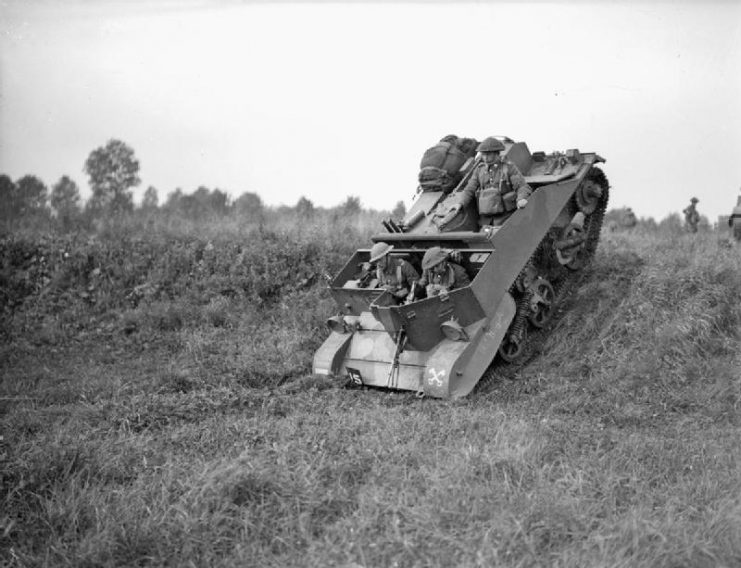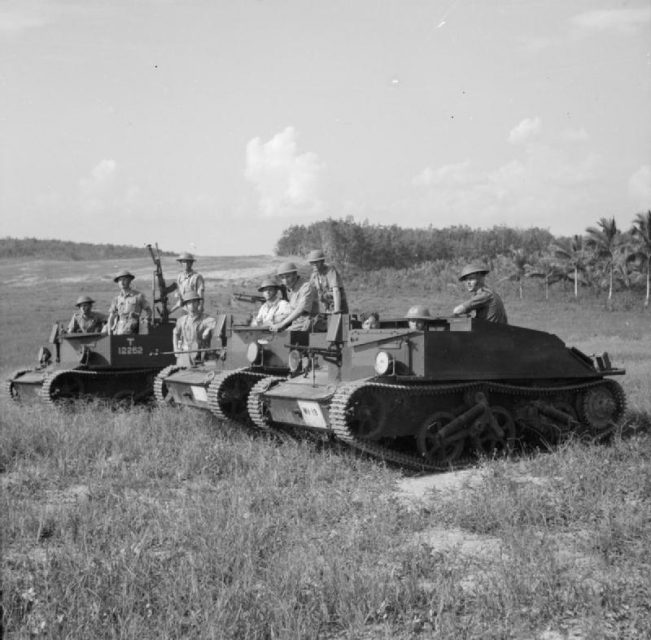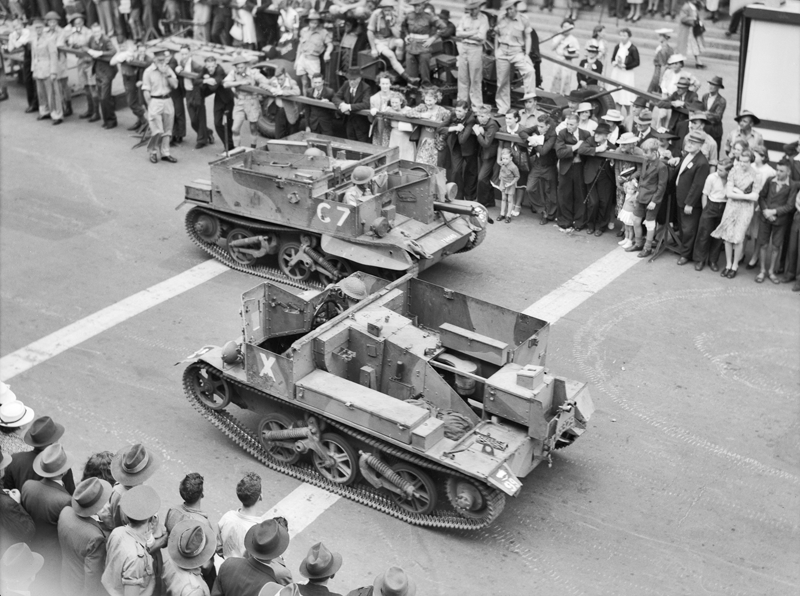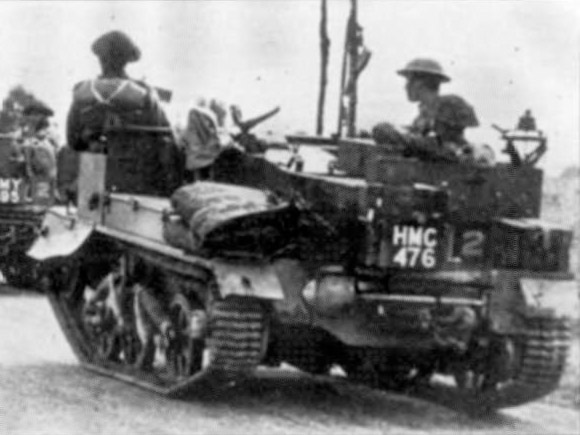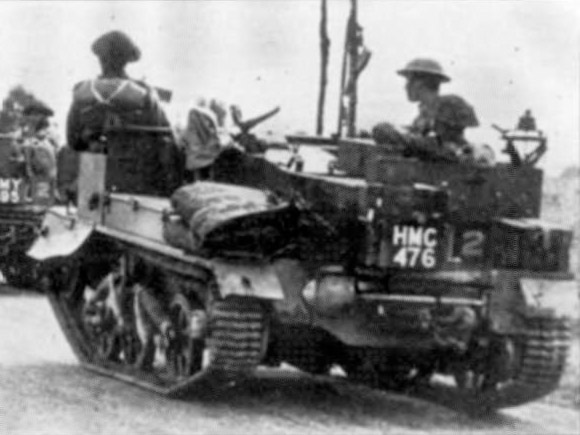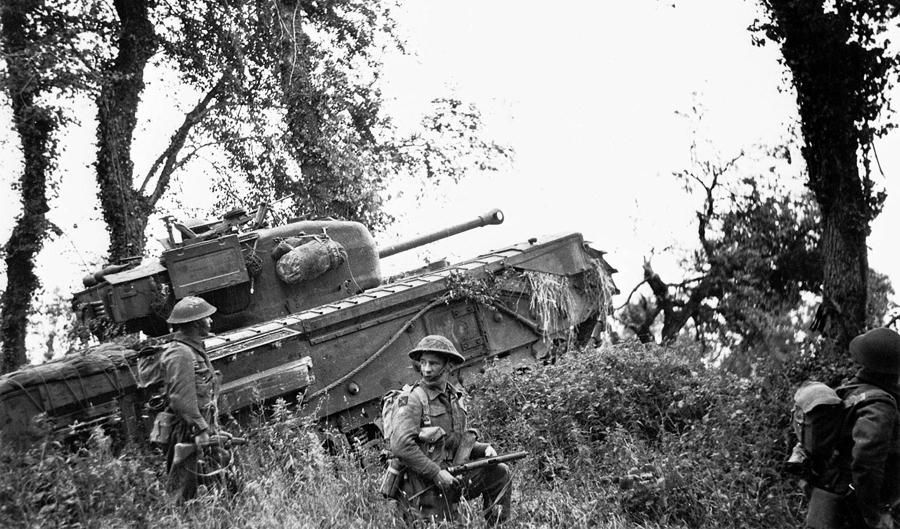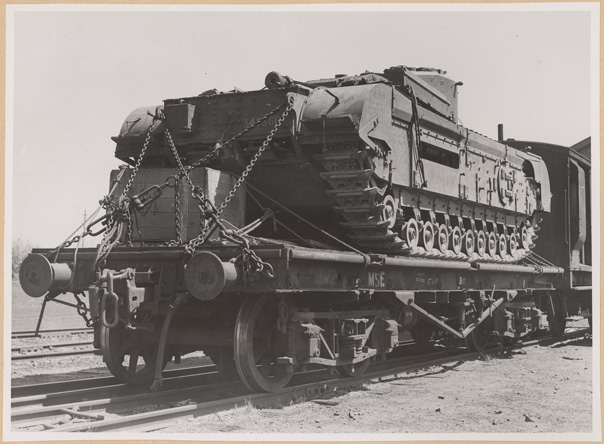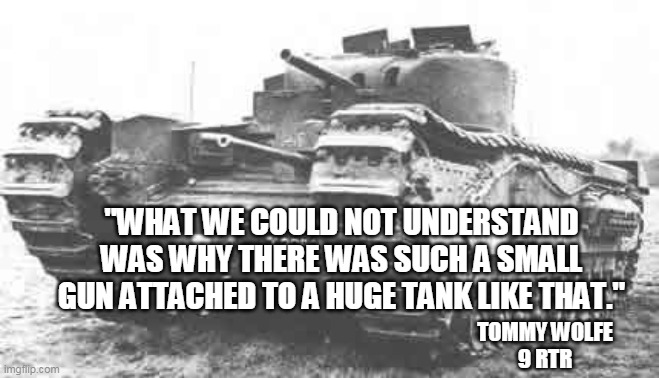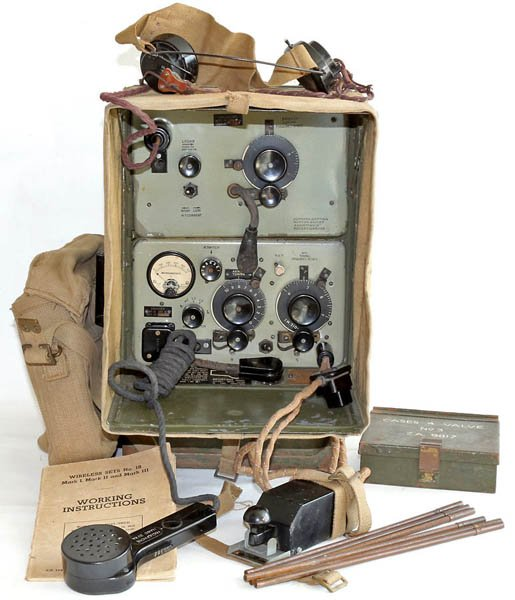
Heavy plant is boring right?
I mean surely a bulldozer can't be cool right?
W R O N G
LOOK AT THE ARMOURED D-7 Dozer! /1
#WW2 #SWW #History
I mean surely a bulldozer can't be cool right?
W R O N G
LOOK AT THE ARMOURED D-7 Dozer! /1
#WW2 #SWW #History

21st Army Group had arguably the most enviable engineering services in the world, able to throw up bridges in under a day, construct massive hospitals, water points, fuel depots, pipelines, bypasses (frankly mini-motorways), airfields, command complexes... an exhaustive list. /2 





One of their finest pieces of kit was the humble bulldozer, with a mix of D-4s, D-6s and D-7s (and probably more besides).
Need a dug in field hospital? Send a bulldozer in to clear 6 ft of earth and done in a few hours. /3
Need a dug in field hospital? Send a bulldozer in to clear 6 ft of earth and done in a few hours. /3

Also bloody useful, as one might expect, for heavy recovery - especially when things bogged down or proper ARVs found themselves busy elsewhere. /4 



In particularly hot sections of the line, roads were often cluttered with destroyed vehicles and traffic jams soon built up - endangering yet more lives.
It fell to the bulldozers to be sent in, shunt the wreckage off the road and keep things moving.
Tiresome, dangerous work./6
It fell to the bulldozers to be sent in, shunt the wreckage off the road and keep things moving.
Tiresome, dangerous work./6

Many roads suffered extensively & collapsed from overuse by much too heavy vehicles, pre-registered fire and generous application of airpower, again bulldozers were in constant action filling craters, and helping speed the movement of essential supplies and troops. /7 

Towns with crossroads were a particular ballache.
Key communication centres that could be blocked for weeks, in some cases the Germans struggled to reopen these routes for months.
Send in bulldozers?
Job done. /8
Key communication centres that could be blocked for weeks, in some cases the Germans struggled to reopen these routes for months.
Send in bulldozers?
Job done. /8

Sherman Crabs could clear tank tracks through minefields, but it was often up to bulldozers shuffling through afterwards to properly open up the route for non-tracked vehicles. /9 

When Sherman Dozers weren't available to smash through roadblocks or wreckage, armoured D-7 Dozers helped lead the way.
These hulking pieces of kit granted Allied divisions a real edge: not mirrored by any German asset in Normandy. /10

These hulking pieces of kit granted Allied divisions a real edge: not mirrored by any German asset in Normandy. /10


The biggest moment for D-7s came during spearheading 11th Armoured Division's charge smashing eastwards through the Falaise Gap.
No other vehicle could so easily take small arms fire etc & clear obstacles for other AFVs etc.
Ralph Rayner with his D-7. /11
No other vehicle could so easily take small arms fire etc & clear obstacles for other AFVs etc.
Ralph Rayner with his D-7. /11

I mean in many ways bulldozers are not sexy.
Yeah, many would say heavy plant is dull.
But bulldozers were an essential piece of kit that allowed 21st Army Group to keep things moving.
People go on about Tigers, but... had Army Group B had a few bulldozers, well... /thread
Yeah, many would say heavy plant is dull.
But bulldozers were an essential piece of kit that allowed 21st Army Group to keep things moving.
People go on about Tigers, but... had Army Group B had a few bulldozers, well... /thread

Perhaps food for thought when considering heavy tanks that you may require recovery vehicles, or things to make roads for them to move on.
Capability gaps and capability gulfs.
Capability gaps and capability gulfs.

• • •
Missing some Tweet in this thread? You can try to
force a refresh





